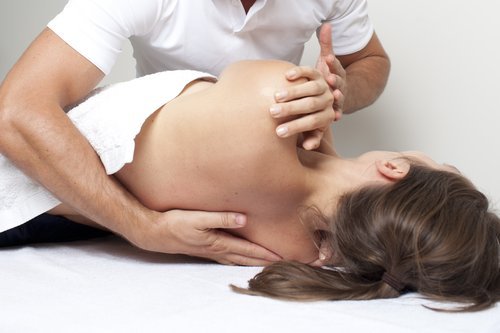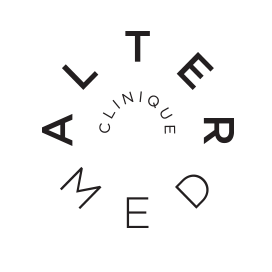
Recurring pain? Gesture reprogramming to the rescue ! Anne Ouellet-Demers, Kinesiologist-Kinesitherapist
Montreal masso-kinesitherapy
Are you living with a familiar pain that has been with you for a few months or even years? Does it subside with the right therapy but inevitably return after a while?
Learning to perform certain daily activities differently is an indispensable asset in putting an end to pain.
Let's imagine that you walk every day in shoes that are too small for your feet. Every week, you have your painful feet treated, to their great relief. However, the very next day, you return to your uncomfortable shoes. The pain inevitably returns despite the excellent care you received. In this example, it is clear that changing your shoes is essential to improving the condition of your feet. In the same way, recurring back, neck or shoulder pain can be permanently overcome by consciously modifying the execution of the harmful gesture repeated daily.
What is an MSD?
A musculoskeletal disorder is an injury to muscles, tendons and nerves that occurs as a result of overuse. The pain appears progressively on the job and then disappears. If nothing is done at this stage, the pain returns later and persists for a long time. Eventually, the injury interferes with activities of daily living and may even disturb sleep.
Reprogramming the gesture
Reprogramming the movement consists of deconstructing the motor pattern responsible for the overuse of the damaged structures in order to rebuild it on new bases, respecting the physiology of the body in movement.
Why do we do this?
The motor pattern should be seen as a highway that has been created by repeating the same gesture. This very practical path is not always the most suitable for our destination, it is only a reassuring automatism, which has become an unconscious choice that frees up mental space to think about other things. When the recorded gesture is harmful to the body, we must then choose a better route. But for this, it is necessary to return, for a while, to manual mode.
This is why the support of a kinesiologist, the health professional specializing in human movement, is essential.
How do I do this?
First of all, the gestural analysis is done. Then, with the help of basic anatomical and physiological explanations, the kinesiologist proposes a new motor organization for the same task, the new route. Finally, a few simple exercises are suggested to better integrate the new concepts.
Attention! Progression is the key word. Do not set aside more than 5 to 10 consecutive minutes to practice this new movement in order not to overtax the new structures involved. Eventually, with practice and awareness of the physiological advantages (comfort, efficiency, energy savings) this new route will be taken more and more often and will in turn become a highway.
Who is it for?
-
Computer work: students and professionals
-
Physical work: construction workers, material handlers, waiters
-
Meticulous work: surgeons, dentists, beauticians, tattoo artists, cooks
-
Artists: dancers, musicians, circus performers
-
Athletes
Complementary approaches
Finally, don't cancel your next appointment with your favorite therapists! Treating damaged tissues is essential to their regeneration! A body that is in too much pain can be greatly limited in its ability to perform the proposed new movement. In this sense, a collaborative work is strongly advised. The therapist addresses the injury and stimulates the body's self-healing process, while the kinesiologist proposes a new movement that reduces overuse of the affected area, thus optimizing the effects of the treatment.
xx
To learn more about musculoskeletal disorders (MSD), you can consult the following links:
https://www.apsam.com/theme/ergonomie/troublesmusculosquelettiques
http://www.inrs.fr/risques/tms-troubles-musculosquelettiques/effets-sante.html
http://www.cnesst.gouv.qc.ca/publications/300/documents/dc300_1002web.pdf
By Anne Ouellet-Demers, kinesiologist-kinesitherapist


